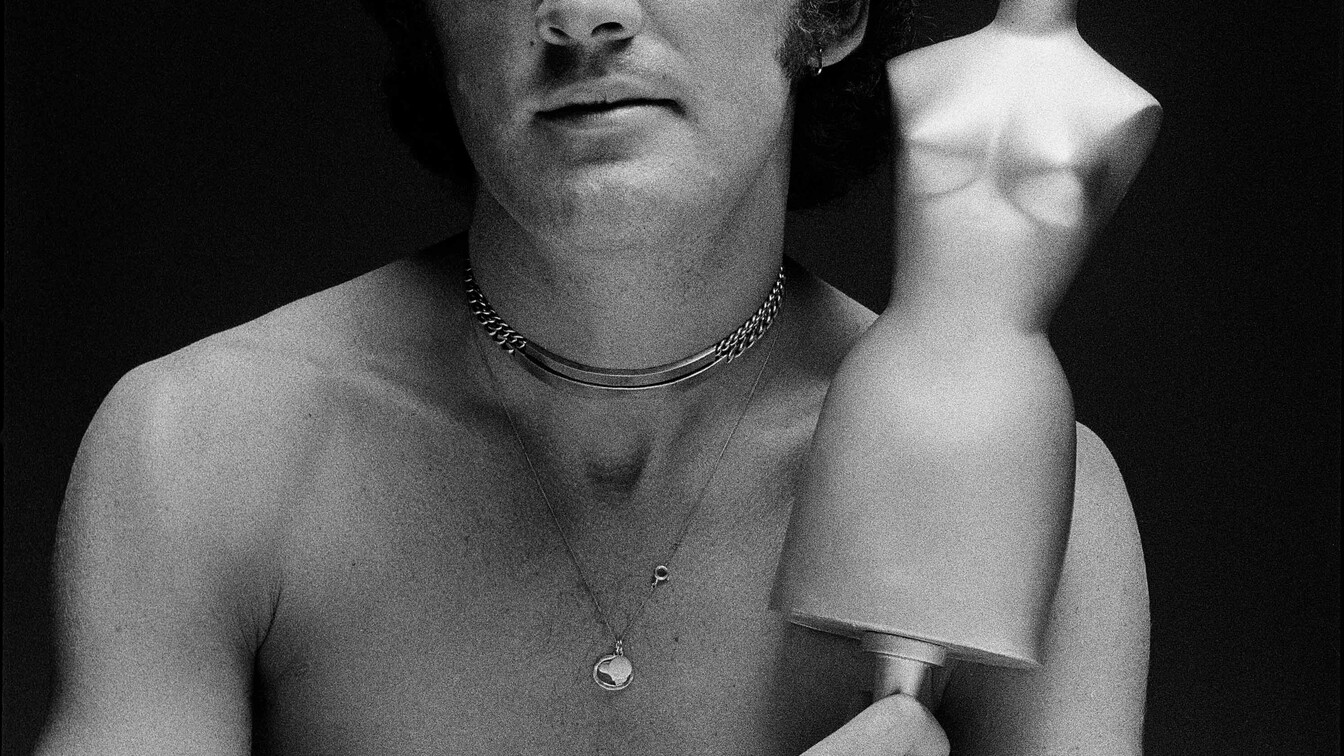
Walter Albini, the pioneer of ‘Made in Italy’

Walter Albini, the pioneer of ‘Made in Italy’
In the history of contemporary Italian fashion, there are names not always well-known to the general public to whom we owe much of today's way of conceiving the wardrobe. One of these is certainly Walter Albini, to whom the Museo del Tessuto di Prato Foundation is currently dedicating a wonderful retrospective, open until September 22, 2024. ‘Walter Albini. The Talent, the Designer,’ curated by Daniela Degl'Innocenti and Enrica Morini, including 300 items, many of them previously unseen, including drawings, photographs, bijoux, fabrics and clothes, tells the story of over twenty years of production by an absolute pioneer of ‘Made in Italy’, designer, noble father of prêt-à-porter and the total look.
First an illustrator and later a collaborator as a freelance designer with icons such as Krizia, Baldini, Billy Ballo, Cadette, Paola Signorini and Princess Luciana, he helped consolidate the taste of Italian fashion involving creative sartorial construction and experimentation of materials, the interplay between genders with the intuition of garments for men that could also be worn by women, but also a good dose of irony. Albini was born in Busto Arsizio (Varese) in 1941 and died at just 42 years old. This exhibition thus revives his designs in the over a thousand square meters of the Museo del Tessuto di Prato, displaying side by side for the first time previously unseen graphic materials such as drawings, sketches, photographs and fashion magazines, clothes, accessories and textiles. The pieces, from the museum’s Walter Albini collection, were acquired through a donation from Paolo Rinaldi (Albini's collaborator) made between 2014 and 2016, and include 1,700 items. However, the exhibition also features loans from public institutions such as the Study Centre and Communication Archive at the University of Parma and the Palazzo Morando in Milan, and from private owners, such as the Carla Sozzani collection.
“The figure of Walter Albini has been the subject of careful research and interdisciplinary study that have had access to unpublished archival documents, which are useful to tracing back to the culture of his time,” says Daniela Degl'Innocenti, co-curator of the exhibition, “Albini's early training, combined with an exceptional natural talent, made him a leader of the design that, in parallel with his specialization in the industry, led him to set the guidelines of Italian prêt-à-porter and to build, with experience, the image of the designer. Beyond any myth, his professional journey followed the timing of his personal search.”
Strolling through the rooms, visitors also find WA-branded creations: a first line presented between 1973 and 1974, and then the garments of Misterfox, the second line created in 1970 with Luciano Papini, specializing in dresses that were paraded on the catwalk in Florence and Capri, up to the last creations also of haute couture in the early 1980s. Studying Walter Albini again after forty years was an extraordinary opportunity, for which I am grateful to the Museo del Tessuto,” says Enrica Morini, co-curator of the exhibition. It was an opportunity to understand the complexities of an authentic fashion creator who lived through the excitement, fragilities and contradictions of a system that would become ‘Made in Italy’, but which at the time was only just emerging and searching for its own identity. The answers came from in-depth (and lengthy) research involving scholars from different areas of expertise, whom I thank for their hard work, but above all for the passion with which they approached the work of this great designer.”